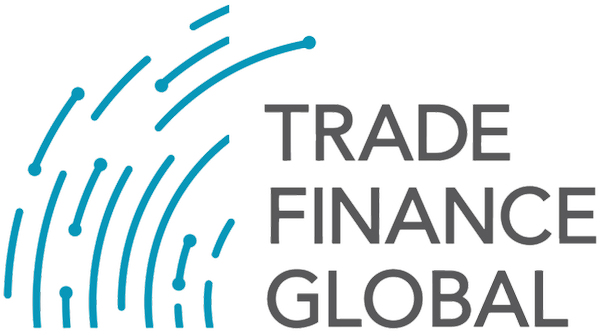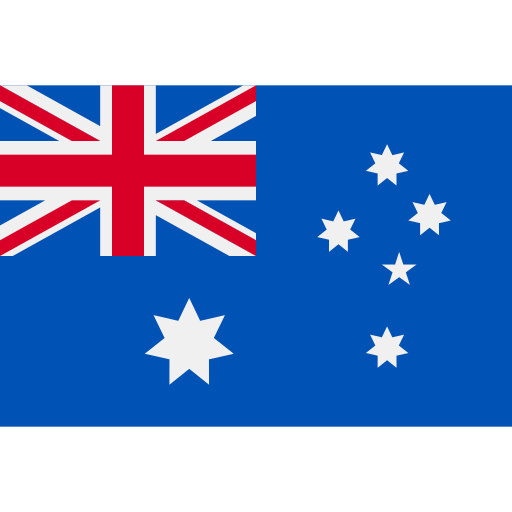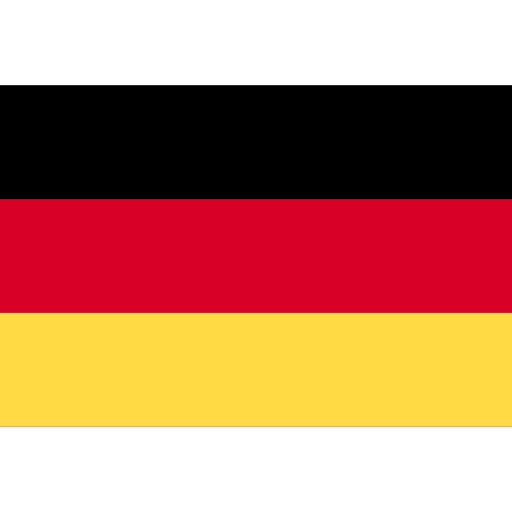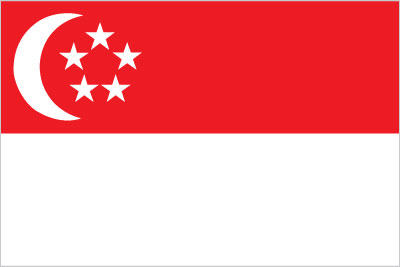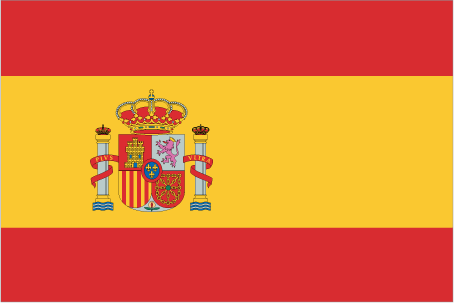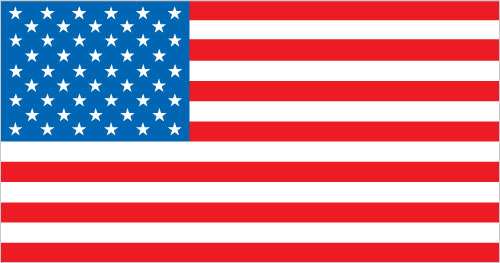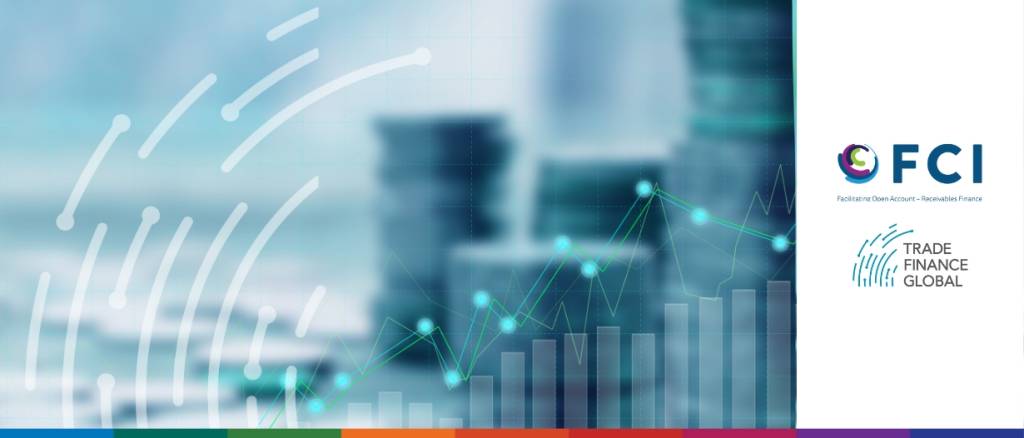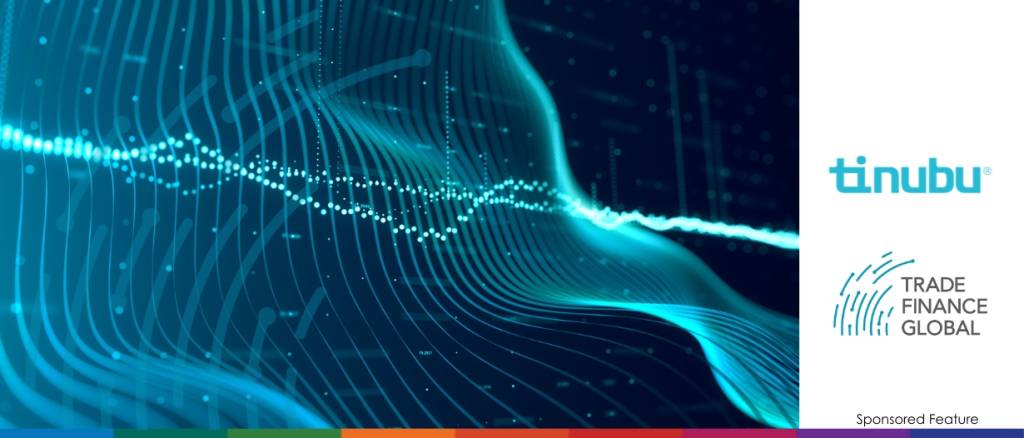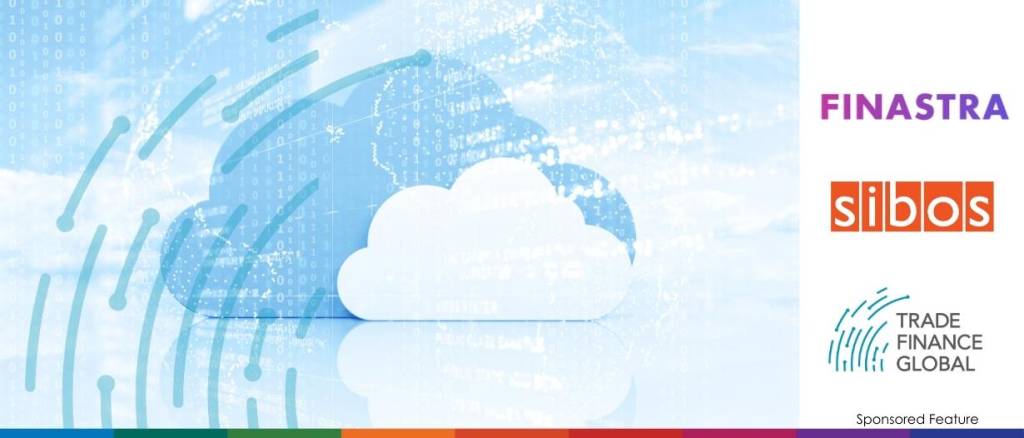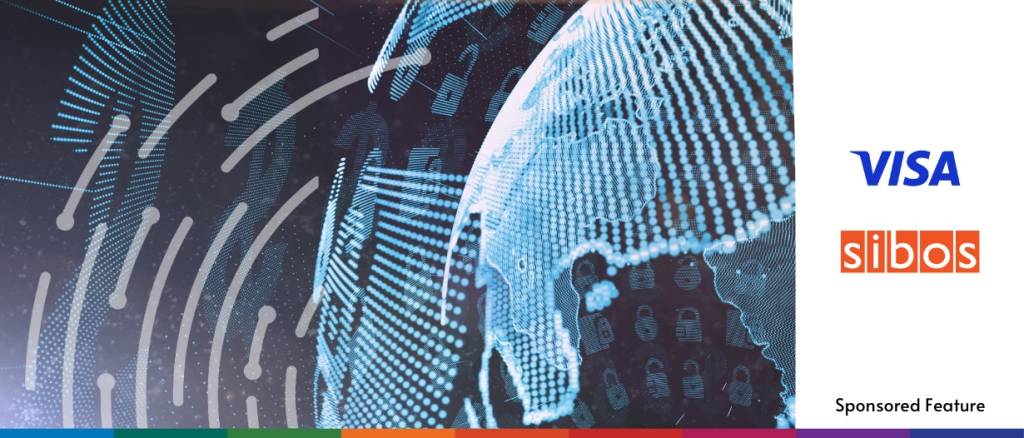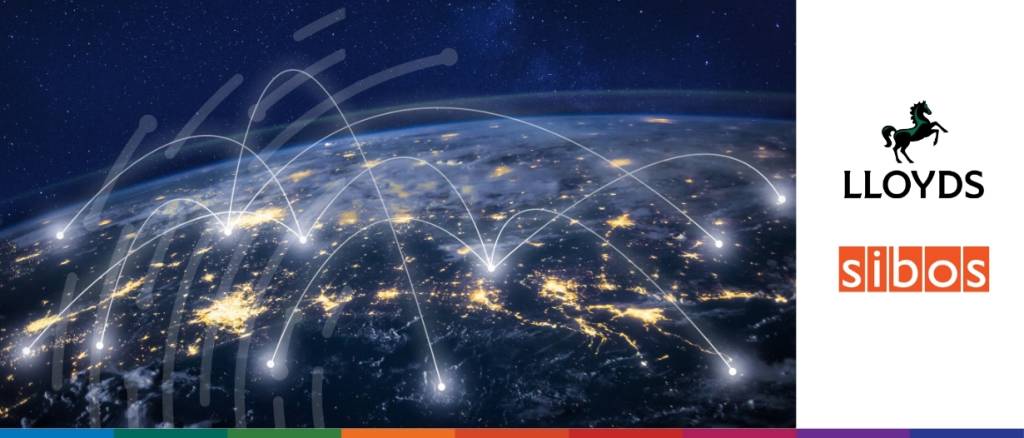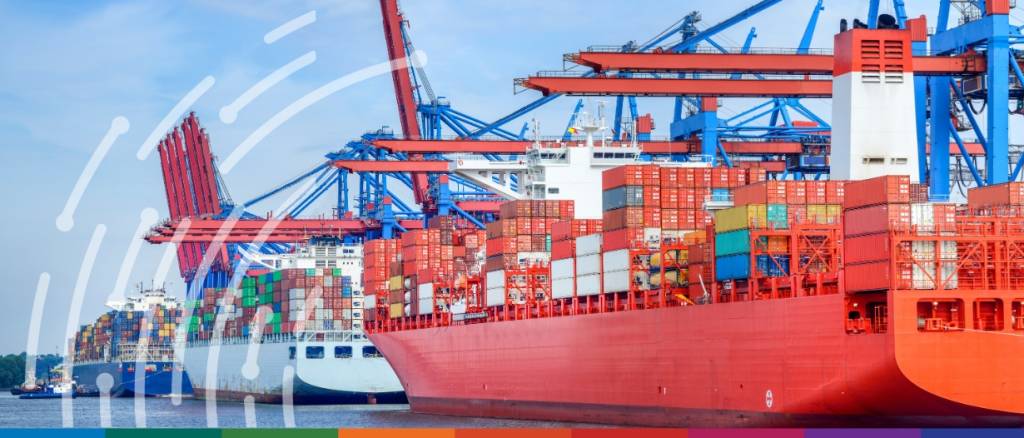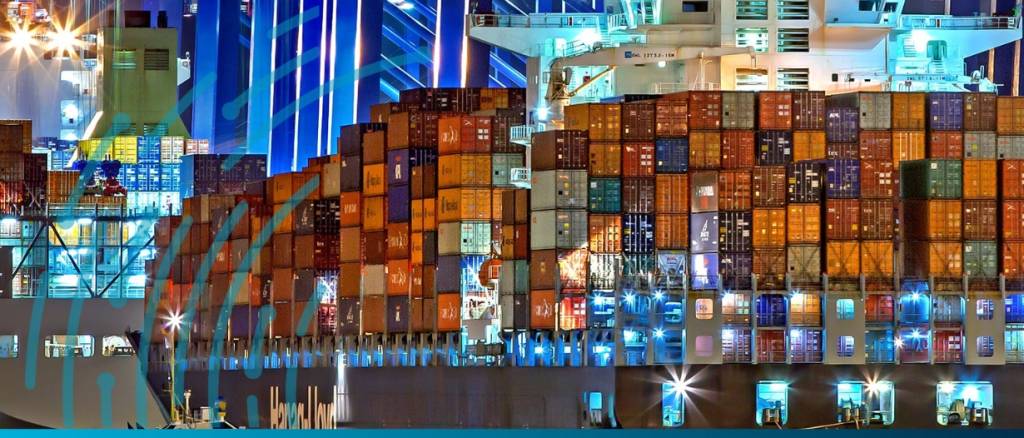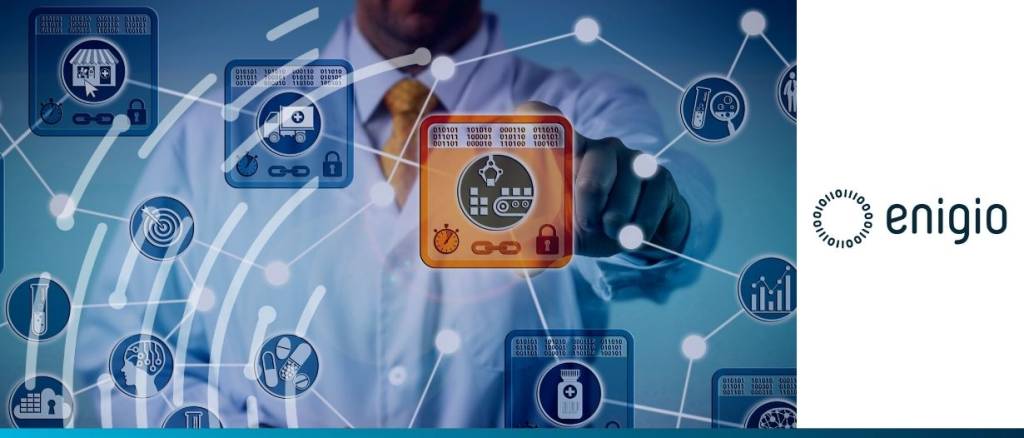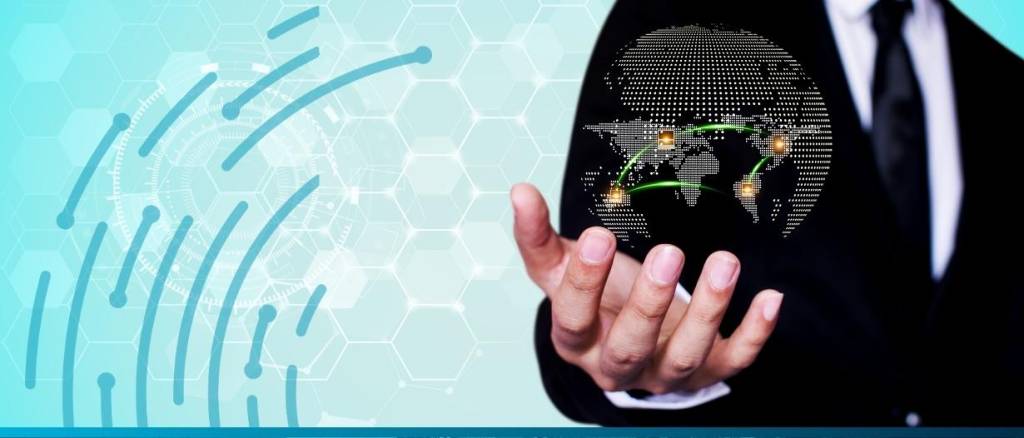Africa has been a gateway for trade for centuries, yet the development of modern financial instruments like receivables finance has lagged. Receivables finance is not just a financial instrument. It’s a lifeline for businesses, especially in the ever-evolving landscape of African trade.
How could a common platform fluidify and modernise credit insurance operations and provide greater value to the industry?
The panel’s moderator, Tom Zschach, Chief Innovation Officer at Swift was joined by Kelly Switt, Global Head of Intelligent Edge Business Development at Red Hat; John Overton, CEO at Kove; Vivek Agarwal, Head of Financial Services Solutions at C3 AI; and Johan Bryssinck, AI Programme and Shared Services at Swift.
In a rapidly evolving world, where businesses are constantly seeking ways to streamline their operations and enhance efficiency, the trade finance sector is no exception.
One year after our last conversation at Sibos 2022 in Amsterdam, Trade Finance Global spoke with Ben Ellis, SVP and Global Head of Visa B2B Connect, in Toronto to get answers to these questions on cross-border payments.
At Sibos Toronto, TFG’s Deepesh Patel spoke with Rogier van Lammeren, Managing Director, Head of Trade & Working Capital Products at Lloyds Bank, and Patrik Zekkar, CEO of Enigio.
Currently responsible for 3% of global greenhouse gas emissions, maritime transport must decarbonise whilst facing extensive costs and adverse economic operating environments, as well as increasing geopolitical risks.
As the Conservative and Labour Party Conferences are about to commence, new analysis underscores the urgent requirement for enhanced backing to assist UK businesses in manoeuvring through a crucial 15-month… read more →
Both CargoX and Enigio, who operate as independent providers of electronic trade document solutions, have jointly engineered and successfully demonstrated the ability to exchange original electronic trade documents. The document… read more →
Allianz Trade, a global trade credit insurer, has joined the Trade Finance Distribution Initiative (TFD Initiative). The TFD Initiative is establishing trade finance as an investable asset class for capital… read more →
